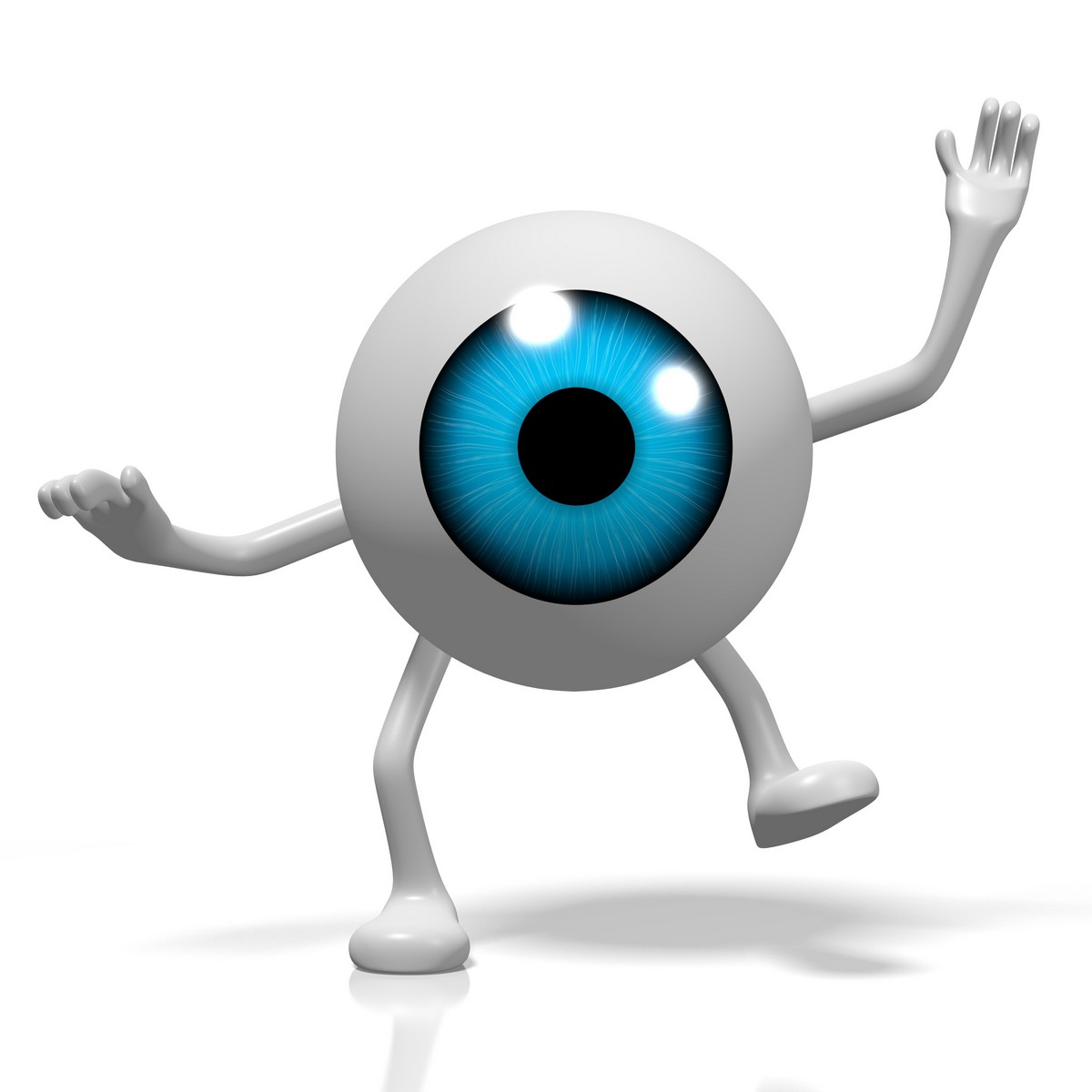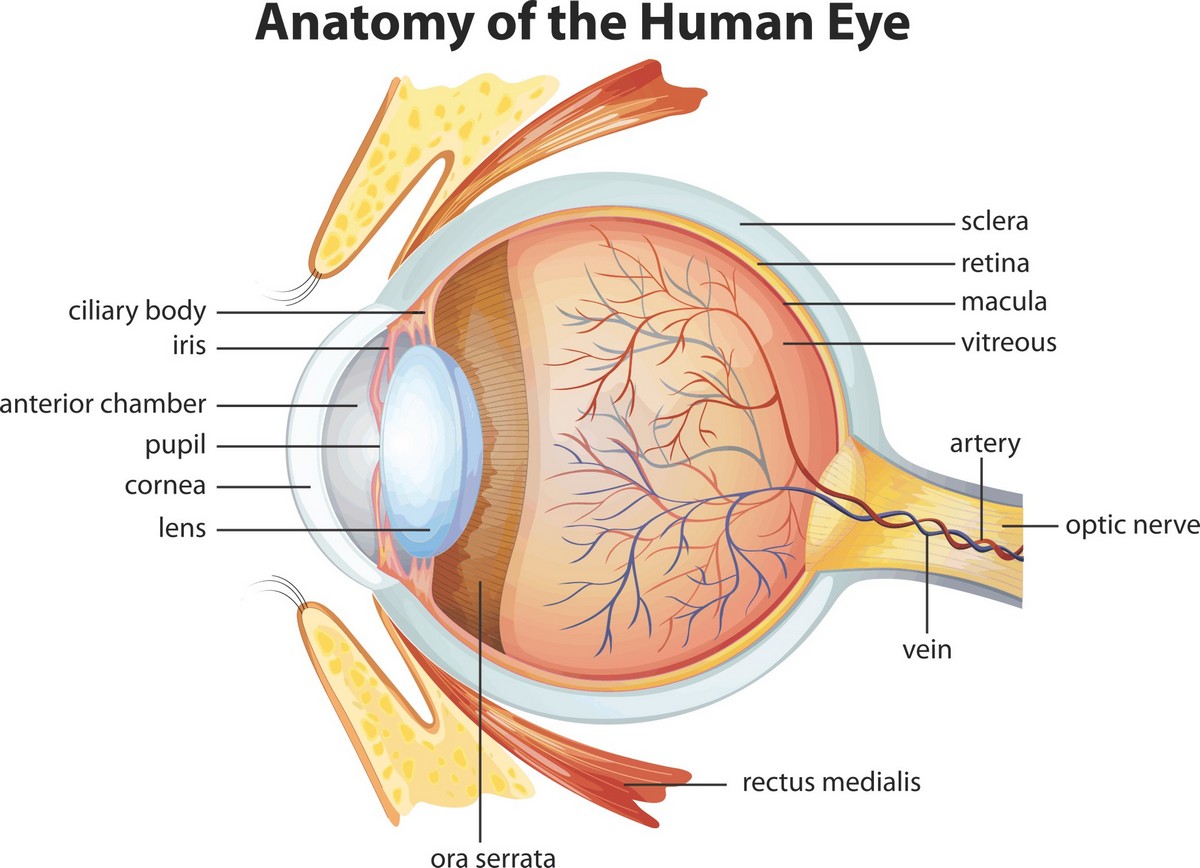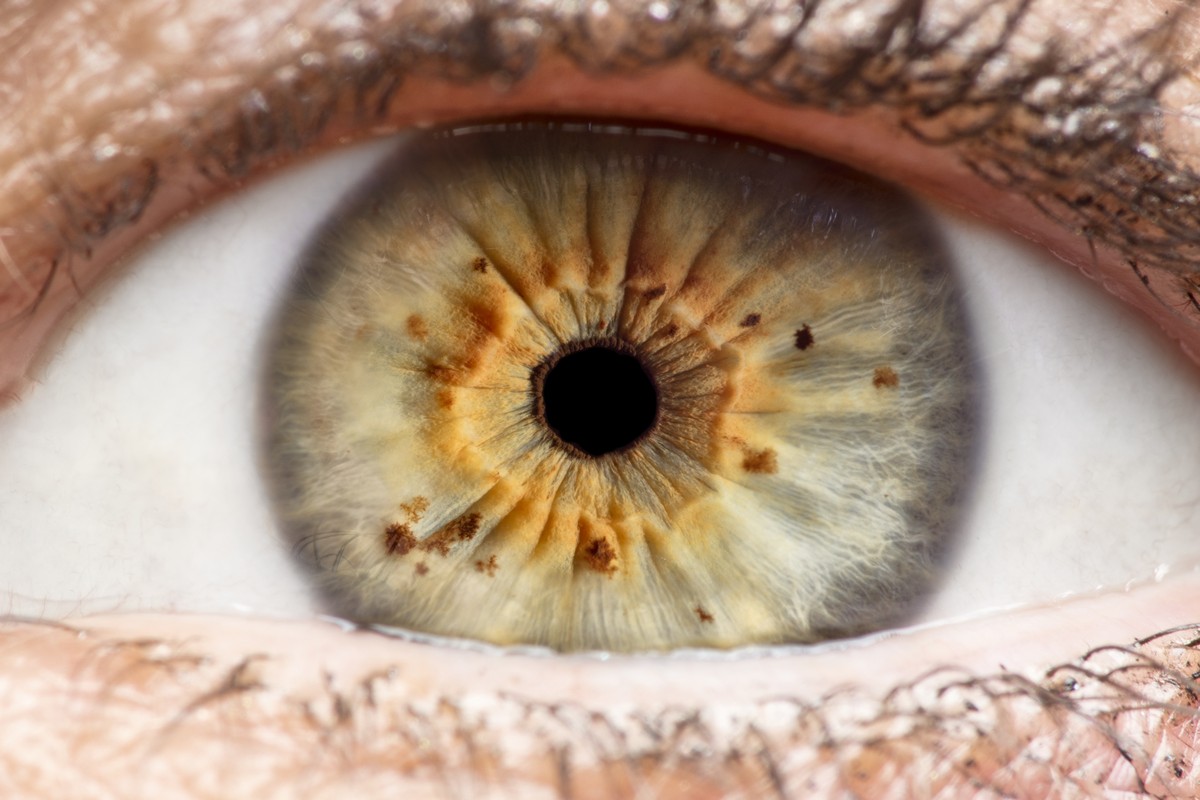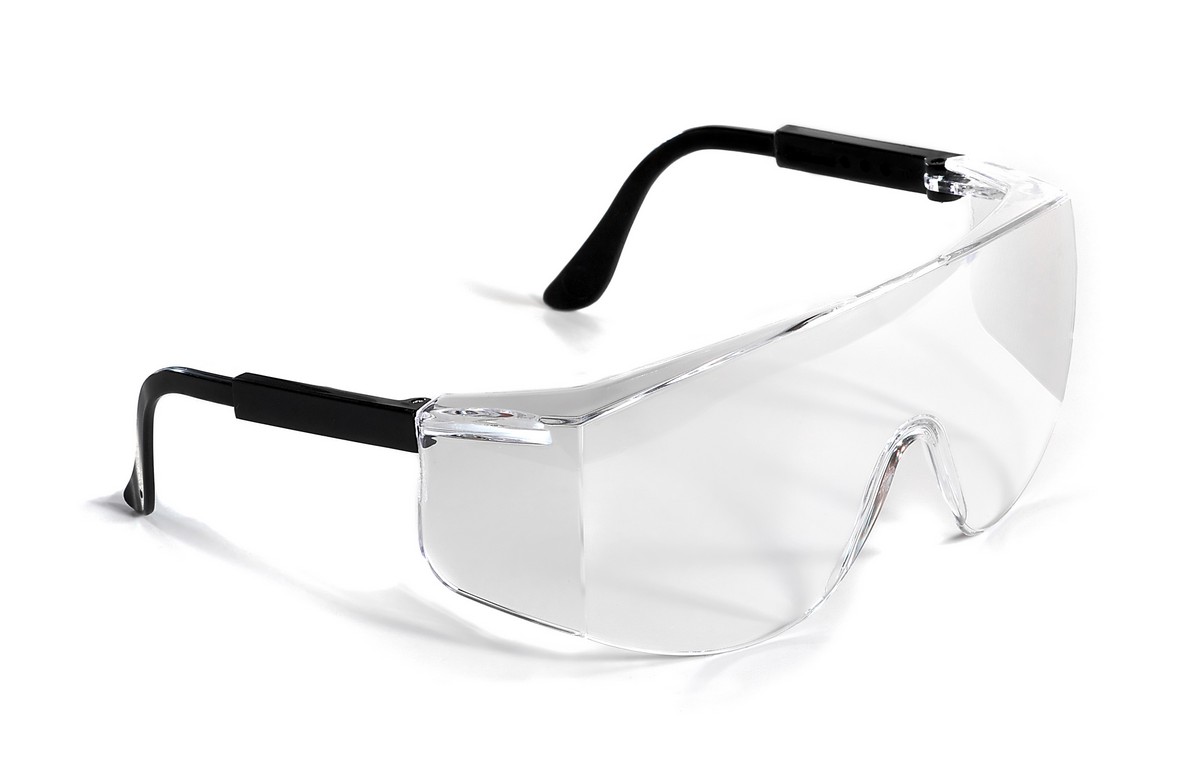Eye, It's Nice to Meet You: The Anatomy of the Eye and How It Works

The eye is a miraculous part of the human body. Amazingly, it has over 2 million working parts. Many people consider their eyesight the most important of their five senses. But do you know how your eyes work?
Here's an introduction to understanding the anatomy of the eye. We’ll also look into how it works and how to have good eye health.
Your Vision and How It Works

At the front of the eye sits the cornea. It refracts light coming into the eye through the pupil, which is the black spot in the center of the eye. The colored part of the eye surrounding the pupil is the iris. It closes and opens, controlling the amount of light that enters through the pupil. After light enters the pupil through the cornea, it goes through the lens. The light’s then refracted onto the back of the eye.
The retina covers the back of the eye and is a thin layer of tissue. Millions of receptors and nerves are part of it and ready to detect images formed by the optics. They work much like pixels in a digital camera.
Anatomy of the Back of Your Eye
The optic nerve is in the back of the eye. It's composed of nerve fibers in a bundle. This bundle transfers visual information from the retina up to the brain.
Also in the back of the eye is the macula. The macula is a light-sensitive area that covers the retina and uses the large number of photoreceptors it covers to give you central, high-resolution color vision. You use your central vision most for detailed sight, such as reading, working on the computer or driving.
The receptors on the retina receive the incoming light rays and convert them to electrical impulses. These impulses travel through the optic nerve to the brain, where they’re converted into images.
Attached to the eye are six extraocular muscles. They allow your eyes to track moving objects without turning your head.
Inner Eye
The inner eye contains the lens and the vitreous body. The lens is also called the crystalline lens. It’s clear and suspended behind the iris to focus light onto the retina. Cellular muscles hold the lens in position in the capsular bag.
The vitreous body is a jelly-like substance. It’s also clear and fills the vitreous cavity, which is the space between the lens and back of the eye. It maintains your eye’s shape.
Light passes through the pupil to the lens. It changes shape when light enters it. This changing shape accounts for the distance of the observed object. The lens then adjusts the light to a single point on the retina in the back of the eye. This is called focal adjustment.
The Front of the Eye

The front of the eye is the fascinating part we see on a daily basis. The sclera supports the structure of the eye. It's the white outer area and encases the entire eyeball.
There's a clear mucus covering the sclera. This mucus is the conjunctiva, which is a thin membrane that lubricates your eyes. It also keeps unwanted particles from going behind the eye. That includes contact lenses. So you never have to worry about your contacts getting lost in your eye forever.
The cornea, as mentioned, is that clear part of the eye that bends light into the pupil. When the cornea becomes injured or diseased, it's possible to have a cornea transplant to save you from going blind.
Surrounding the pupil, the dark hole in the center of the eye, is the iris. When someone asks you what color your eyes are, they're actually asking you what color your irises are.
A Word About Eyelids and Eyelashes

Eyelids and eyelashes aren't only for looks. These parts of your eye protect you from dust and other particles. If they enter the eye, they can scratch the cornea and possibly cause infection and even blindness.
Eyelashes also function as a warning signal that something is too close, much like whiskers on a cat. Meanwhile, eyebrows act to protect the eyes against flowing liquid entering, like rain or sweat. In addition, eyelashes are important for communication.
Protecting Your Vision

It's not a myth. Carrots are good for your eyes! That's because they're full of beta-carotene, which your eyes need for good health. Like the rest of your body, your eyes respond to proper diet, good nutrition and exercise.
If you smoke, quit! You're three times as likely to suffer from age-related macular degeneration. Smoking also increases your risks of cataracts and glaucoma. All these diseases can lead to blindness.
Taking good care of your overall health helps you avoid vision loss later in life. Take some easy steps to avoid sight impairment and even blindness.
Eye Injury
Another common way to lose your eyesight is through eye injury. Many situations call for eye protection, but people often go without. Most people think eye injuries occur at work. But almost half of all eye injuries occur at home. And this statistic is growing.
Mowing the lawn is a common cause of eye injuries. You can also hurt yourself operating power hedge trimmers and clippers. Even improper use of eye makeup causes infection and injury!
In the kitchen, splattering cooking grease can also cause serious harm to the eyes. In addition, never leave cabinets open when working around the house or kitchen. The corners can cause severe injury if you run into it.
Bleach, oven cleaner and other household products cause 125,000 eye injuries a year in the United States. Always use caution around the house. Use safety glasses when handling lawn equipment and other power tools. Also, make sure the kids aren't watching you mow the lawn up close, because that puts them at risk as well.
Final Thoughts
Now you know the anatomy of the eye and how it works. From the visible to the invisible parts, there's a lot going on in this miraculous part of your body. Don't take it for granted!
Take good care of your overall health and see your eye doctor for annual check-ups. If you wear contact lenses, use proper hygiene when handling and caring for them. Your eyes will thank you.